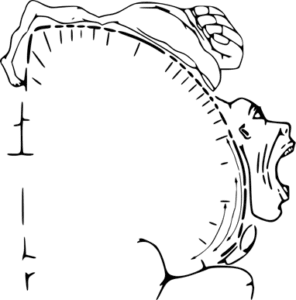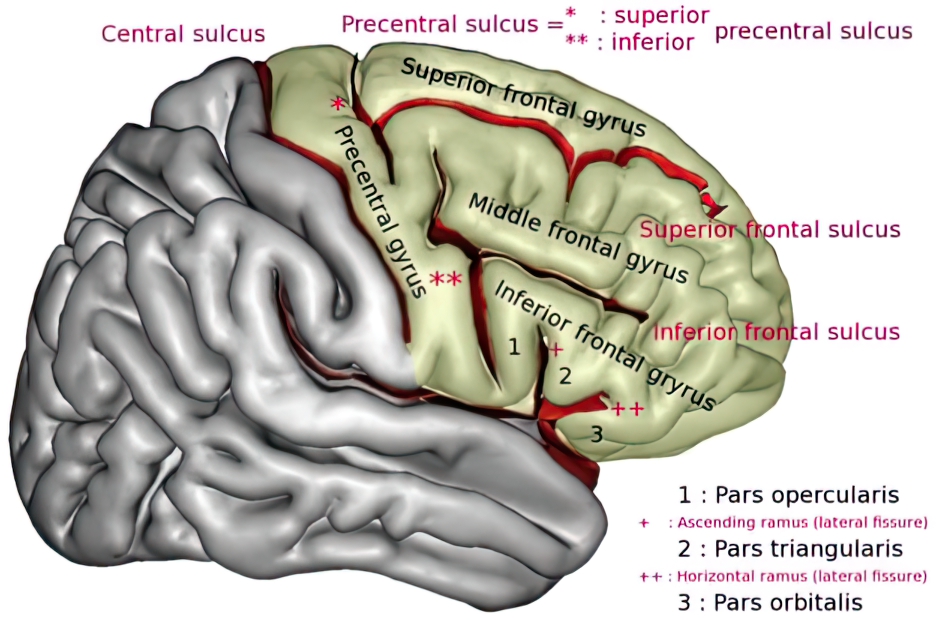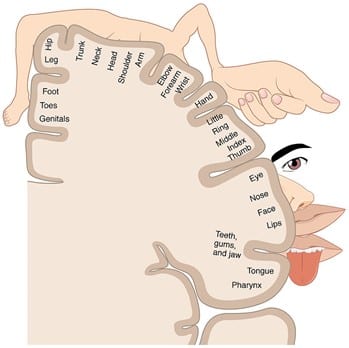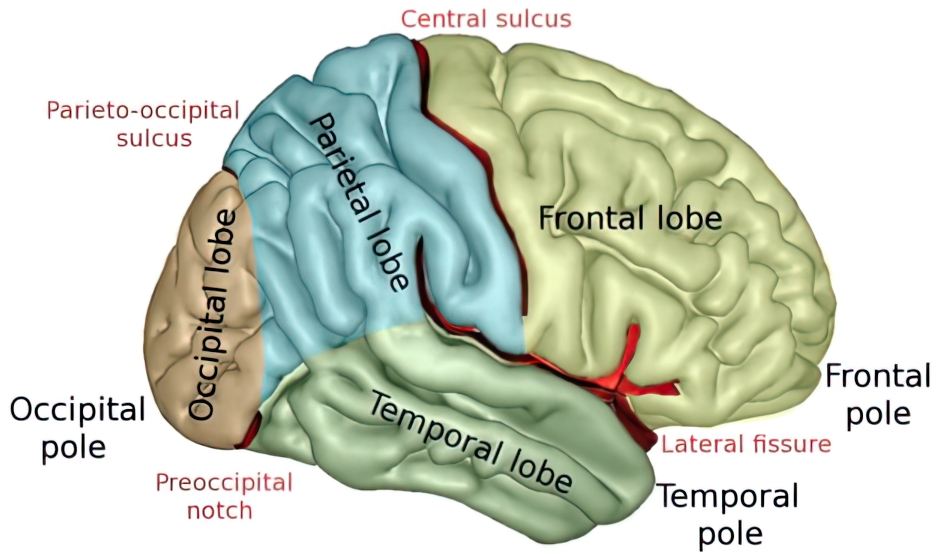An understanding of neuroanatomy is important to success as a neurologist and equally as important for success on neurology shelf, in-service, and board examinations. If you are more interested in reviewing the various syndromes seen with focal cortical lesions as opposed to basic neuroanatomy please check out the “Anatomic Syndromes” chapter.
Authors: James Eaton, MD, and Brian Hanrahan MD
Cortex
- The majority of the cortex has 6 cortical layers
- The six layers from superficial to deep:
- Molecular
- External granular
- External pyramidal
- Internal granular
- Internal pyramidal (ganglion)
- Multiform.
- The six layers from superficial to deep:
- The cortex is organized into 5 lobes: frontal, parietal, temporal, occipital, and limbic.
- Frontal lobe: Bound by the central sulcus and lateral fissure.
- Parietal lobe: Bound by the central sulcus, lateral fissure, and parieto-occipital fissure.
- Temporal lobe: Bound by the Sylvian fissure and preoccipital notch.
- Occipital lobe: Bound by the parieto-occipital sulcus and preoccipital notch.
- Limbic lobe: Consists of the parahippocampal, cingulate, and subcallosal gyri. The limbic lobe interacts with various other structures that are part of the limbic system.
- The majority of the cortex has 6 cortical layers
Frontal Lobe
- There are four major gyri: precentral, superior frontal, middle frontal, and inferior frontal.
- The precentral gyrus is the primary motor strip.
- The motor homunculus of the precentral gyrus:

- The superior frontal contains the supplementary motor area (SMA).
- The middle frontal contains the frontal eye fields which are necessary for voluntary saccadic eye movements.
- The inferior frontal is organized into the pars orbitalis, pars triangularis, and pars opercularis.
- Pars opercularis and triangularis are associated with Broca’s area.
- Pars orbitalis has a role in thought, cognition, and planning behavior.

Parietal Lobe
- There are five principal parts: post-central gyrus, superior parietal lobule, inferior parietal lobule, the precuneus, and the posterior portion of the paracentral lobule.
- The postcentral gyrus contains the primary sensory cortex.
- The sensory homunculus of the postcentral gyrus:

- The superior parietal lobule contains the somatosensory association area.
- The inferior parietal lobule has two components: angular and supramarginal gyri
- This is the sensory association cortex and has a role in perception, vision, reading, and speech.
- A lesion to this region can lead to Gerstmann’s syndrome.
- The precuneus is an area of cortex just anterior to the occipital lobe on the medial surface. It has a broad spectrum of functions including visuospatial processing, memory, and first-person perspective.
- It is an early region of atrophy in Alzheimer’s dementia
- The posterior portion of the paracentral lobule is regarded as a tertiary somatosensory cortex involved in stereognosis.
- Stereognosis: the perception, understanding, recognition, and identification of an object by touch.
- Tested by having the patient feel an object and identify it, such as a paperclip or set of keys.
- It is often accompanied by other deficits like agraphesthesia.
- Stereognosis: the perception, understanding, recognition, and identification of an object by touch.
Log in to View the Remaining 60-90% of Page Content!
New here? Get started!
(Or, click here to learn about our institution/group pricing)1 Month Plan
Full Access Subscription
$142.49
$
94
99
1 Month -
Access to full question bank
-
Access to all flashcards
-
Access to all chapters & site content
3 Month Plan
Full Access Subscription
$224.98
$
144
97
3 Months -
Access to full question bank
-
Access to all flashcards
-
Access to all chapters & site content
1 Year Plan
Full Access Subscription
$538.47
$
338
98
1 Year -
Access to full question bank
-
Access to all flashcards
-
Access to all chapters & site content
Popular
Loading table of contents...
Loading table of contents...


